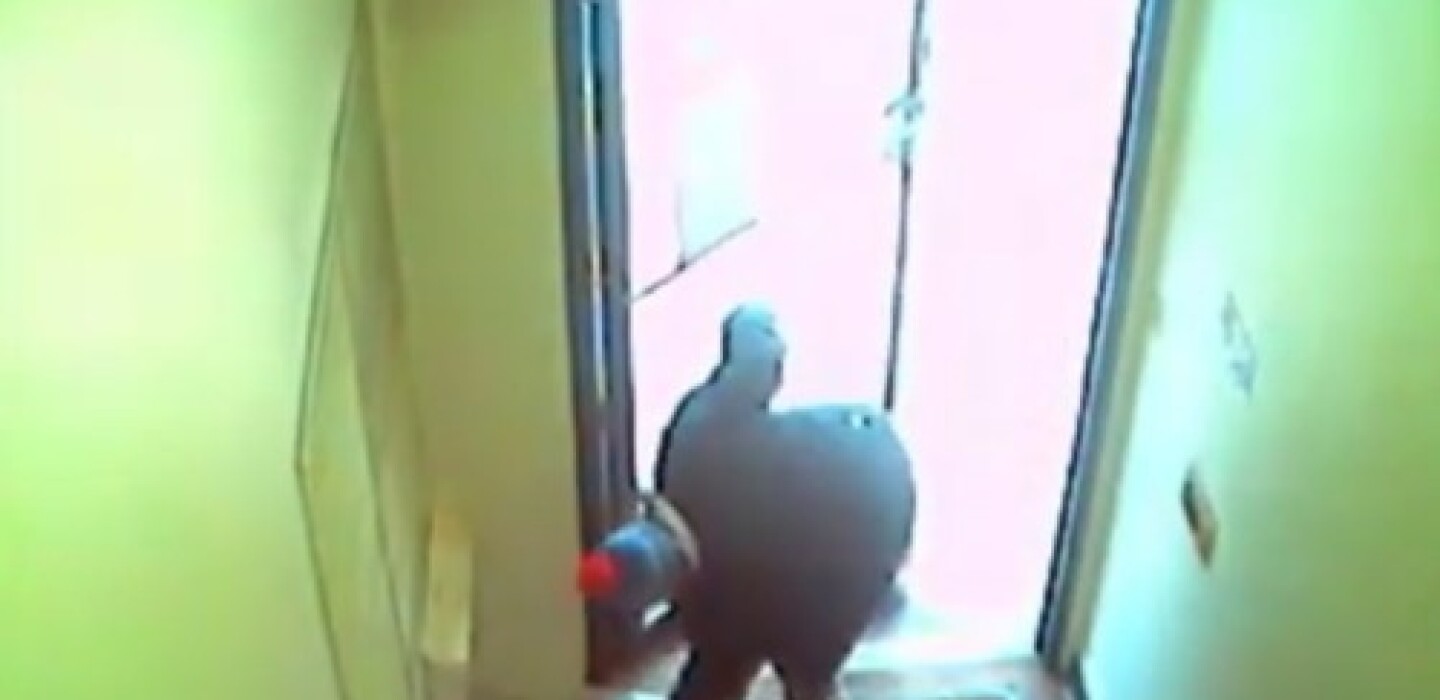The Salt Lake Tribune Obituaries A Comprehensive Review
The Salt Lake Tribune obituaries section serves as a vital online record of life and loss in Utah. This analysis delves into its structure, content, user experience, and ethical considerations, examining its functionality and impact on the community it serves. We explore the website’s navigation, the types of information presented in each obituary, and the features allowing users to share memories and condolences.
The study also considers the site’s advertising strategy and its implications, along with accessibility and inclusivity initiatives.
From evaluating search capabilities and multimedia integration to assessing user-generated content and community features, this review offers a holistic perspective on The Salt Lake Tribune’s online obituary platform. It further investigates potential improvements in accessibility, inclusivity, and ethical advertising practices within this sensitive online space.
Salt Lake Tribune Obituaries: A Website Analysis: The Salt Lake Tribune Obituaries
The Salt Lake Tribune’s online obituary section serves as a vital resource for community members seeking to remember and honor the deceased. This analysis examines the website’s structure, content presentation, user-generated features, monetization strategies, and accessibility, offering insights into its effectiveness and areas for potential improvement.
Website Structure and Navigation
The Salt Lake Tribune’s obituary section utilizes a straightforward navigational structure, aiming for ease of access to individual obituaries. The following table details key navigational elements:
| Section | URL (Example) | Description | Ease of Use |
|---|---|---|---|
| Main Obituaries Page | /obituaries | Displays recent obituaries, often with search and filtering options. | Easy; clear and concise layout. |
| Individual Obituary | /obituaries/[Obituary ID] | Provides detailed information about the deceased, including biographical details, service information, and often a photo. | Generally easy; direct link from search results or main page. |
| Search Function | /obituaries?search=[Search Term] | Allows users to search for obituaries using names, dates, or other s. | Moderately easy; functionality could be improved with advanced filtering options. |
Navigating to specific obituaries is generally successful when using the search function with a known name or date. Unsuccessful navigation may result from misspelled names or incomplete date information. For example, searching “John Doe” may yield multiple results, requiring further refinement.The search functionality includes basic search, allowing users to find obituaries based on name, date of death, and sometimes location.
However, more advanced filtering options (e.g., date range, cause of death) would improve usability.
You also can understand valuable knowledge by exploring amerigas propane pricing.
- Basic search.
- Limited filtering options.
- Auto-suggest feature (possibly, needs verification).
- Results display name, date, and brief summary (if available).
Obituary Content and Presentation
Salt Lake Tribune obituaries typically include a range of information, designed to provide a comprehensive overview of the deceased’s life.
- Name and dates of birth and death.
- Biographical information (personal history, achievements, family).
- Details of surviving family members.
- Funeral or memorial service arrangements.
- Photographic image of the deceased.
- Memorial donation information (if applicable).
Compared to other major news outlets, the Salt Lake Tribune’s obituary presentation is relatively standard. However, differences exist in terms of layout and multimedia integration.
| News Outlet | Layout | Multimedia | Overall Presentation |
|---|---|---|---|
| Salt Lake Tribune | Clean, straightforward text-based layout. | Often includes a single photograph. | Functional and informative. |
| [Example News Outlet 1] | More visually rich, incorporating sidebars and graphics. | May include videos or slideshows. | Engaging and visually appealing. |
| [Example News Outlet 2] | Minimalist design, focusing on text and a single image. | Typically only includes a photograph. | Simple and respectful. |
Photographs are commonly used, enhancing the reader’s connection with the deceased. The effectiveness depends on the quality of the photograph and its relevance to the overall obituary. Videos or other multimedia elements are less frequent.
User-Generated Content and Community Features, The salt lake tribune obituaries
The Salt Lake Tribune obituary section typically allows users to leave condolences or share memories through an online guestbook or comment section. These features are generally straightforward, requiring users to provide a name and message. Moderation of comments may be implemented to prevent inappropriate content.Submitting an obituary to the Salt Lake Tribune generally involves the following steps:
- Visit the obituary submission page on the website.
- Complete an online form providing biographical information and details of the deceased.
- Upload a photograph (optional).
- Review and submit the obituary.
- Contact the obituary department for confirmation and publication details.
Dedicated community forums or discussion areas related specifically to obituaries are less common on news websites. However, the comment sections associated with individual obituaries can serve a similar function.
“My deepest condolences to the family. [Deceased’s name] was a wonderful person, and I will always remember their kindness.”
Fictional User 1
“Such sad news. [Deceased’s name] will be greatly missed. My thoughts are with you all.”
Fictional User 2
Advertising and Monetization
Advertisements within the Salt Lake Tribune’s obituary section are typically unobtrusive and contextually relevant.
| Ad Type | Placement | Frequency | Impact on User Experience |
|---|---|---|---|
| Banner Ads | Top and/or side of the page | Moderate | Minimal; generally well-integrated. |
| Sponsored Listings | Within search results or obituary listings | Low | Minimal; often clearly labeled. |
Ethical considerations surrounding advertising in obituary sections are significant. Balancing revenue generation with the sensitive nature of the content requires careful consideration. Inappropriate or intrusive advertising could be disrespectful to grieving families.A hypothetical alternative monetization strategy could involve offering premium features, such as enhanced obituary layouts or extended memorial pages, for a fee. This would shift the focus from intrusive advertising to value-added services.
Accessibility and Inclusivity
The Salt Lake Tribune likely incorporates several accessibility features, though specific details require verification on their website. These may include:
- Text resizing options.
- Screen reader compatibility.
- Keyboard navigation.
- Alternative text for images.
Representation of diverse communities and backgrounds within the obituaries depends on the demographics of the community served. Examples of inclusive representation would include obituaries reflecting various ethnicities, religions, and sexual orientations.Recommendations for improving accessibility and inclusivity:
- Conduct regular accessibility audits to ensure compliance with WCAG guidelines.
- Provide multilingual support for obituaries.
- Actively solicit obituaries from diverse communities.
- Implement robust content moderation to prevent discriminatory or hateful comments.
The Salt Lake Tribune’s obituaries section presents a complex interplay of technological functionality, community engagement, and ethical considerations. While offering a valuable service to mourners and the community, improvements in accessibility, inclusivity, and advertising practices could further enhance the user experience and respect the sensitive nature of the content. Future development should focus on refining navigation, expanding multimedia options, and fostering a more robust and supportive online community centered around remembrance and commemoration.





